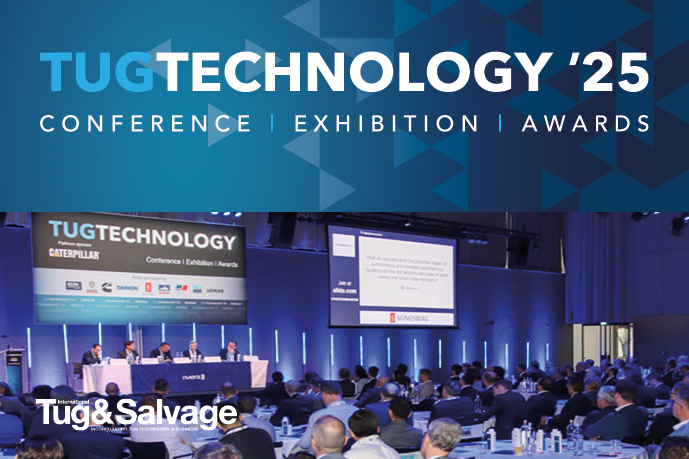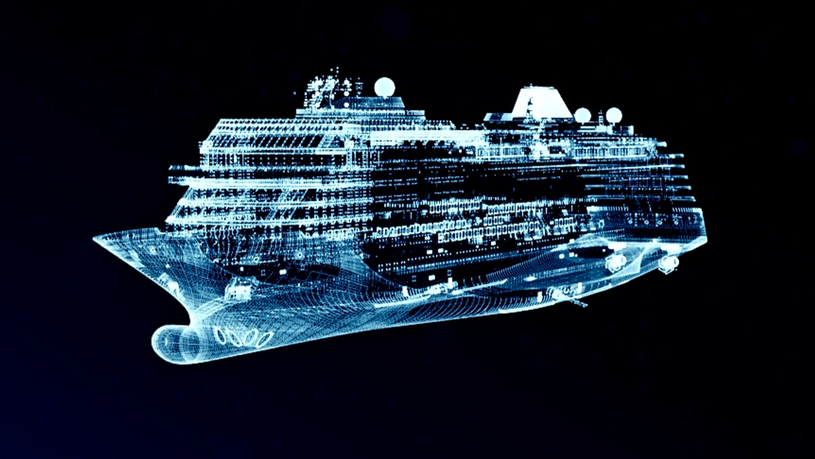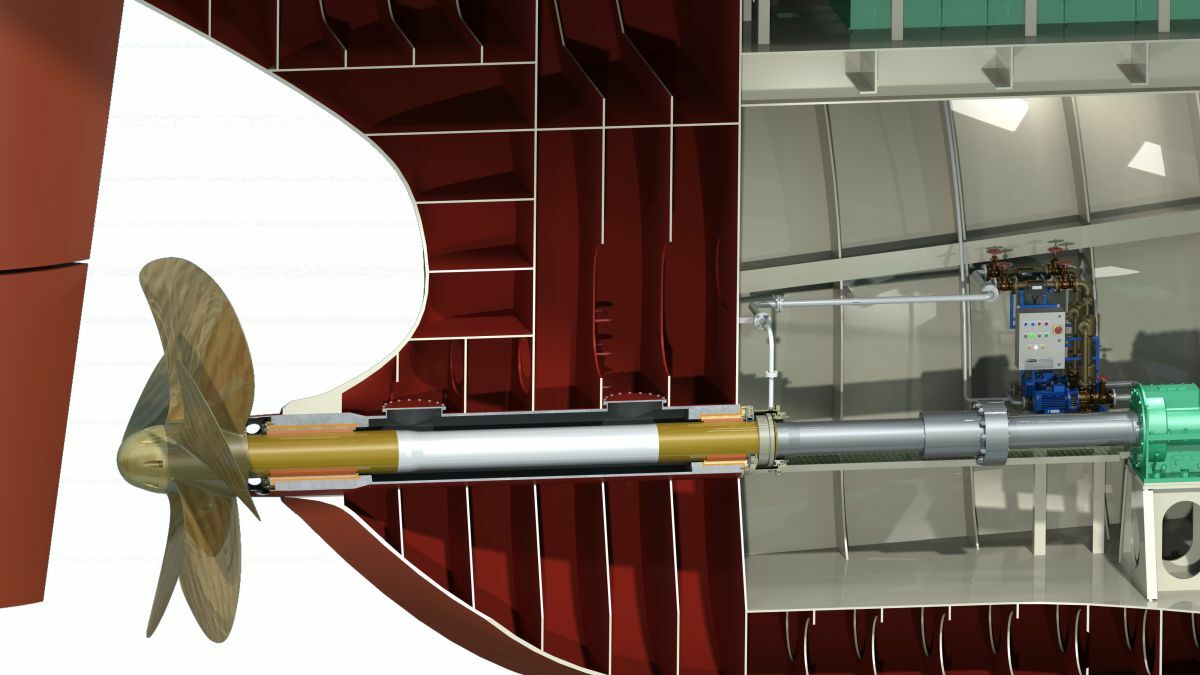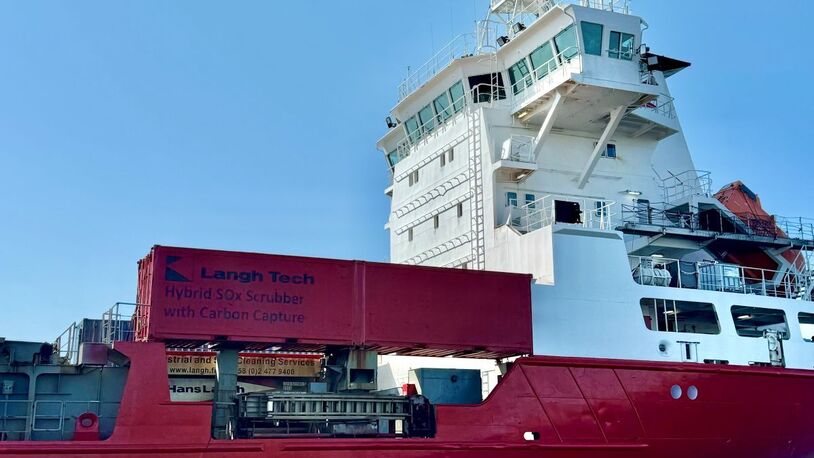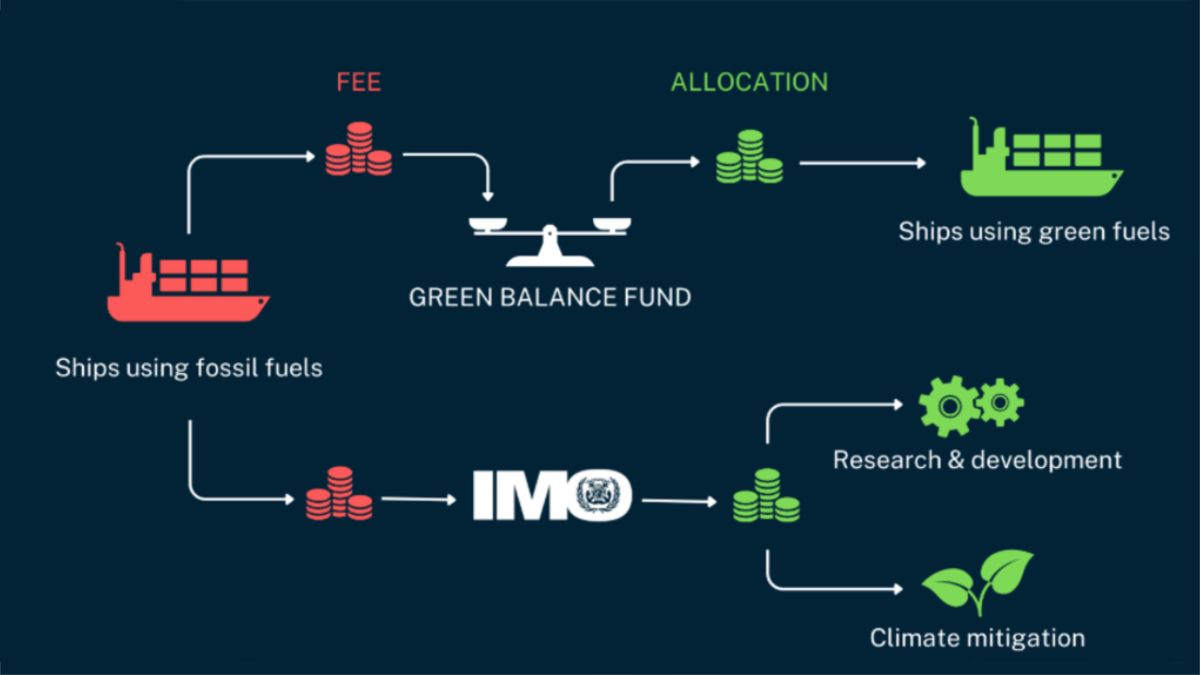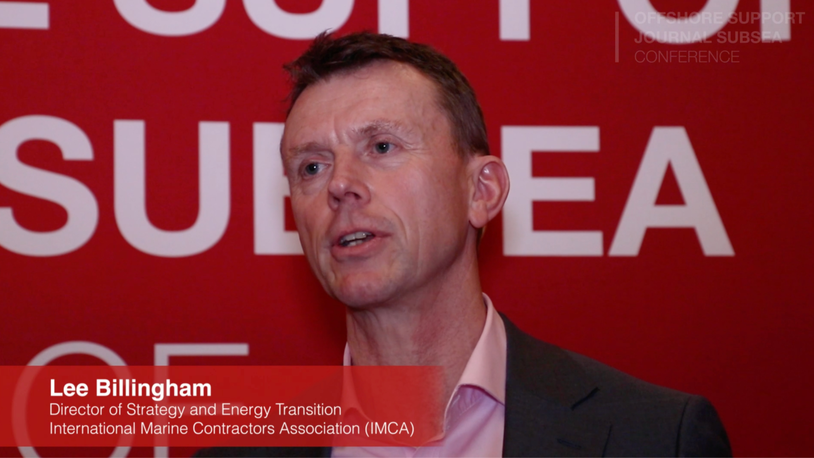Business Sectors
Events
Contents
Controlling the bearing environment
Seawater-lubricated bearing systems can help ensure environmental compliance and reduce costs associated with drydocking and operational maintenance
Under the United States’ Environmental Protection Agency (EPA) Vessel General Permit (VGP) regulation, the discharge of harmful lubricants and oils is tightly controlled. This can apply to many areas of the ship – fuel spillage, grease on chains or wire ropes, lubricants for deck gear, and most of all, leakage from propeller shaft seals. For cruise companies, whose ships sail frequently in US waters and with most cruise ships having multiple propellers or podded propulsion units, such leakage is a particular problem.
The VGP demands the use of Environmentally Acceptable Lubricants (EALs). The EPA defines an EAL as one that is non-toxic, biodegradable, and exhibits low bioaccumulation, ie it will not build up over time within the tissues of an organism. Formulating efficient lubricants which display all these properties is something of a challenge for manufacturers, so EALs inevitably carry a cost premium over conventional oils.
Seawater, as the sterntube’s lubricating medium, fulfils the EAL criteria perfectly and is available in plentiful quantities at no cost. For many years prior to the 1950s, ships’ shafts turned with lignum vitae (wood) bearings lubricated by seawater.
However, those old wooden bearings wore out quickly, so the industry turned to conventional white metal bearing materials requiring oil lubrication, which in turn needed seals to keep the oil within the sterntube. Canadian company Thordon Bearings specialises in an updated version of the traditional technology, replacing the old bearings with modern polymer materials offering superior wear characteristics.
Despite the environmental and operational cost savings to be had with seawater-lubricated systems, over 95% of all new commercial ships continue to be built with oil-lubricated propeller shafts. This is largely due to the low capital expenditure of an oil-lubricated system.
Financial advantage
Thordon has been developing its COMPAC bearings for 35 years and the company says its system may have higher up-front costs, but the financial advantage of an oil-lubricated bearing disappears as soon as the ship enters the water. This is due to the need to purchase lubricating oils, plus the regular maintenance and unscheduled drydockings to repair or replace faulty seals and components. Thordon says the operational costs of its COMPAC system are negligible.
In a whitepaper titled Our Future, Our Ocean, the company outlines how ship operators can increase profits while achieving sustainability goals. The cost of a typical oil-lubricated system depends on oil price fluctuations, but over a ship’s 25-year life it is in the region of US$606,000 – or more if the cost of EALs is included – against US$370,000 for the COMPAC system.
And the use of seawater completely eliminates the risk of pollution, as there will never be a release of oils or other lubricants due to shaft damage or seal failure.
The cruise industry has been a major user of Thordon’s system for over 20 years, with over 30 ocean-going cruise ships operating with COMPAC seawater-lubricated bearings and many more on order.
However, a number of cruise ships use azimuthing propulsion pods rather than conventional propeller shafts and rudders. The claimed benefits include increased manoeuvrability, low noise, and efficient use of space within the hull are disputed by some in the industry, as the reported problems of podded propulsion have led to many weeks of cruise cancellations or delayed itineraries.
Other disadvantages of azimuthing propulsion pods include limitations to about 30 MW maximum power and high maintenance costs.
Thordon points out that use of propeller shafts, especially using seawater lubrication, eliminates those pollution risks, provides a more reliable system, reduces the risk of lost revenue from unscheduled downtime, is not subject to power limitations, is simpler to operate and is far less costly to run and maintain. It also notes that the efficiency gains often attributed to pod installations are mainly due to the electric drive systems within the pods, so can be closely matched by a diesel-electric propulsion plant driving conventional propellers.
Related to this Story
Events
Maritime Environmental Protection Webinar Week
TUGTECHNOLOGY '25
Reefer container market outlook: Trade disruption, demand shifts & the role of technology
© 2024 Riviera Maritime Media Ltd.
